According to a Rystad Energy survey, the global liquefied natural gas (LNG) market, which had been expected to be continuously loose in the second half of this decade, is now poised to tighten and may even see annual supply shortages because of potential delays in the construction of LNG projects in Mozambique owing to the country's deteriorating security situation.
Mozambique once was supposed to leapfrog into the top tier of global LNG suppliers by the mid of this decade, but Total's current force majeure announcement suggests unspecified delays over its onshore Mozambique LNG complex. The insurgencies also pose a challenge to ExxonMobil's yet-to-be-approved Rovuma LNG project. Unanimously, both the projects constitute 28 million tonnes per annum (tpa) of LNG potential.
Likewise, if Rovuma LNG's 15.2 million tpa of potential capacity is unused, the loose market dynamics we predicted for 2027-2028 could become even more balanced. At last, between 2029 and 2030, the market may tighten again and face supply deficits owing to an anticipated increase in global LNG demand, as Rovuma LNG output may not hit a peak until after 2030.
“While at first appearing manageable, the continuing insurgency in the Cabo Delgado area seems to have worn down Mozambique's LNG hopes. Total's Mozambique LNG project is now expected to begin development only in 2026, with work unlikely to resume until evidently tighter security measures at the Afungi location are in order.
Rovuma LNG could be deferred until about 2029, according to Kaushal Ramesh, the LNG expert at Rystad Energy.
We now predict a 4 mtpa oversupply in 2026, down from 6.4 mtpa in our previous outlook, after accounting for delays in the two Mozambican schemes. The effect of the delays will become more pronounced in 2027, reducing the projected excess supply to 11 mtpa from the previously estimated 15.9 mtpa. The biggest cut is for 2028 when excess supply would be lessened to 1 mtpa, down from 9.3 mtpa in our previous projection.
If the anticipated delays occur, 2029 would see an LNG supply deficit of 5.6 mpta rather than the previously anticipated surplus of 2 mtpa. The impact will last, but it will begin to smooth out around 2030, with a 1.7 mtpa supply deficit instead of a 1 mtpa surplus.
The effect on LNG prices
The delays for both Mozambique LNG and Rovuma LNG are discouraging for both buyers and sellers of LNG. Mozambique has a huge, low-cost resource base, which makes its LNG ventures extremely competitive, and the country is strategically located to meet upcoming Asian demand. The DES Asia break-even points for Mozambique's LNG ventures are estimated to be between $5 and $7 per MMbtu.
Mozambique LNG is supported by long-term contracts that span more than 85% of its production output. End-users and fund players are among the base clients. With demand now expected to begin in 2026, consumers anticipating volumes in the tight business years of 2024 and 2025 will have to explore elsewhere for supply.
Prices are expected to rise as end-users look for alternate sources and portfolio players aim to compensate for short positions. Many that do not have long-term contract security face needing to buy on the spot market, which is becoming increasingly competitive.
From the sellers' viewpoint, the unforeseeable warning (or also the actual contract terms) can provide relief from distribution obligations before development begins. Total can also have quantities from its global portfolio, but such deals will be commercially complicated since the Mozambique LNG SPAs are shared SPAs with other Area 1 concessionaries.
While Rovuma LNG's project timetable lags behind that of Mozambique LNG, its projected lag from 2027 to 2029 is likely to have a stronger effect on the market as its production is removed from a progressively balanced market. This might lead to increased uncertainty and higher rates by the end of the decade.
According to Rystad Energy, the LNG market will strengthen between now and 2024 as demand rises due to new regasification capability and increased gas-power production, culminating in Asian spot prices exceeding $8.5 per MMBtu.
With a robust pipeline of liquefaction projects under operation, we formerly anticipated that a new surge of supply entering the market during 2025 would trigger a downward trend in markets, with the Asian spot price falling to a rate closer to the short-run marginal price of US LNG of $5.7 per MMBtu in 2027.
Nevertheless, the possible delay of the Mozambican schemes suggests that there is now a greater chance of a protracted duration of stiffness halfway throughout this decade, with lower rates appearing one or two years later than previously thought.
Because of this, Asian spot prices in 2025 could stay above $8 per MMBtu. A more sustainable economy reduces the downside risk in costs between 2026 and 2029 though we also expect prices to fall; there is a greater chance that they will stay above $6 per MMBtu in 2027.
























 ENG
ENG




























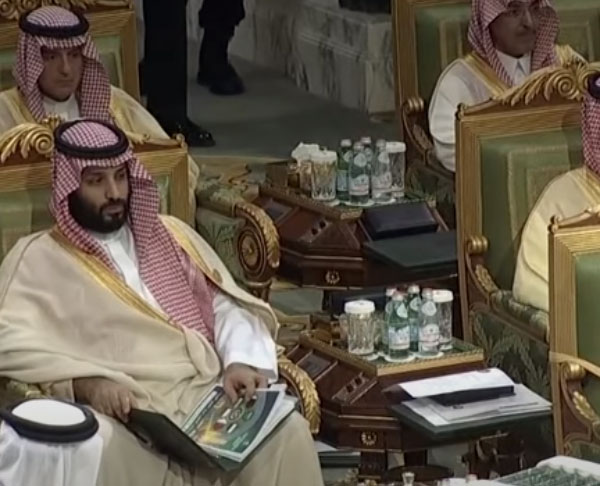
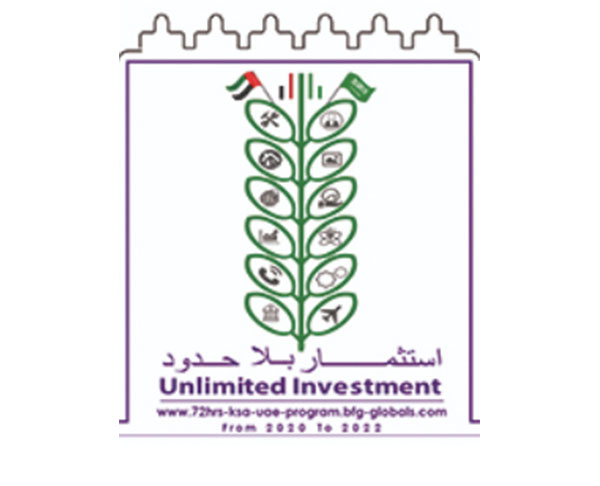


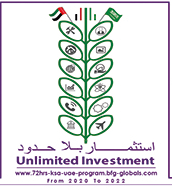
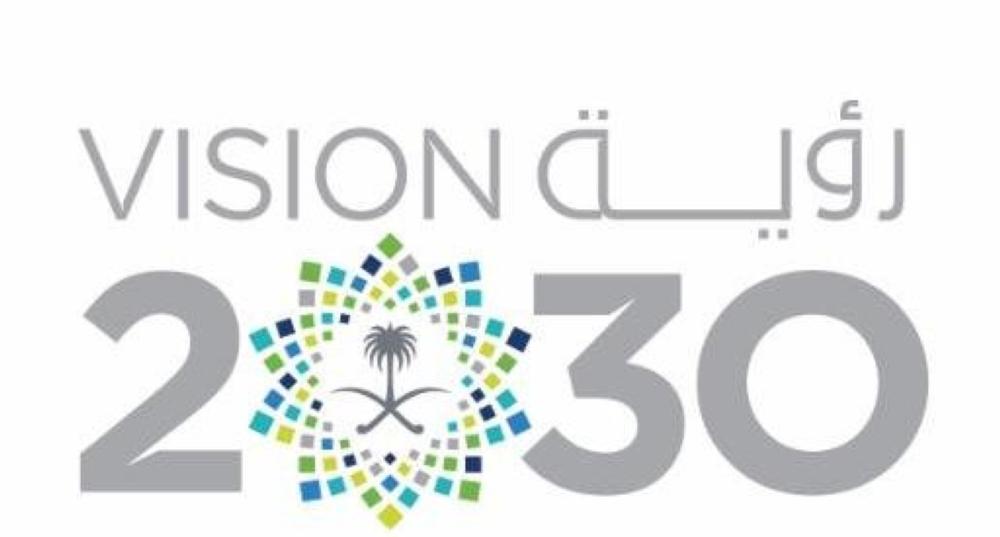

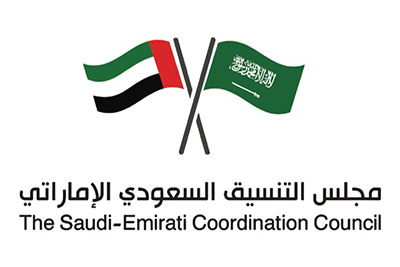



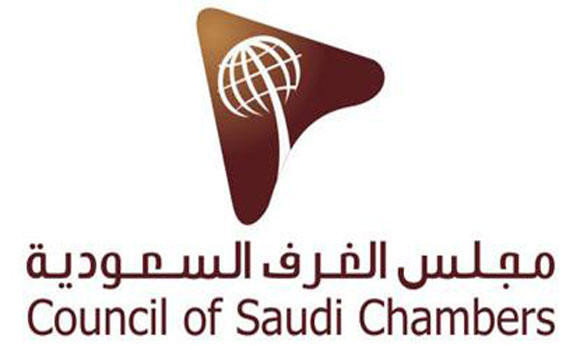


















تواصل معنا